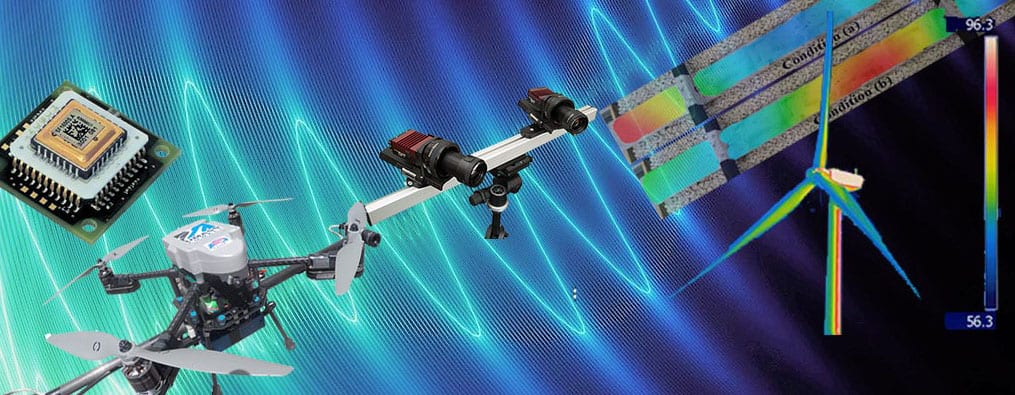
Statistics released by the U.S. Department of Energy show that the buildings sector accounts for 40% of primary energy use and associated greenhouse gas emissions, making it essential to reduce their energy consumption to meet national energy, environmental, and cost reduction initiatives. One of the major areas of energy consumption in buildings are heating, ventilation, and air conditioning systems; therefore, reducing heat losses in the structure can help increase the thermal performance of the building. Infrared (IR) imaging and Structure from Motion (SfM) have shown to be promising techniques for performing a visual inspection of large-sized systems or structures. This research analyzes the feasibility of combining these two techniques to identify the locations of energy loss in buildings and residential homes and expediting the inspection process.
This research, focuses on a set of laboratory tests performed on a laboratory-scale structure representing a model home. Different levels of insulation distributed on the structure’s surface are used to determine the combined capability of SfM and IR images in creating a 3D virtual rendering of the structure that illustrates the locations of significant energy loss.

The experiments consisted of warming up a facade of the building and then measuring the emitted energy. A thermal camera was used for recording images of the mock-building from different points of view moving the camera around the test object and the recorded images were processed using a SfM software to generate the 3D rendering as shown in the image below.

Results revealed that the generated model provides a qualitative description of the building envelope’s defects and their location. Defects simulating the absence of insulation material and the location of gaps and thermal bridges can be easily visualized by looking at the generated model. Nonetheless, distortion in the reconstruction of the 3D rendering can also be observed and are mainly due to the procedures used for transforming thermal images into digital images.
The publication describing details of this research can be downloaded using the following link:
